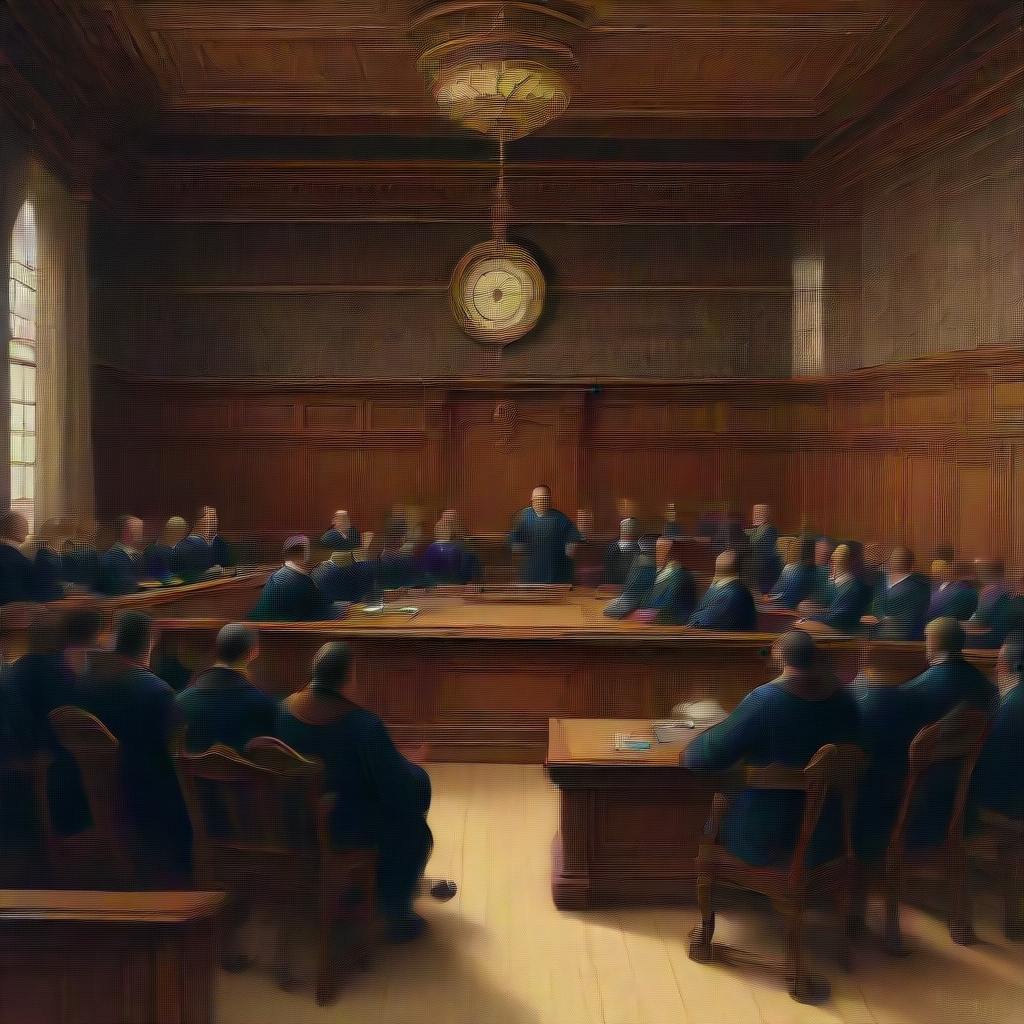Tiktok Inc., and ByteDance LTD., v. Merrick B. Garland Update Court Filing, retrieved on May 7, 2024, is part of HackerNoon’s Legal PDF Series. You can jump to any part in this filing here. This part is 10 of 11.
Ground 4: Unconstitutional Taking
110. The Act effects an unlawful taking of private property without just compensation, in violation of the Fifth Amendment’s Takings Clause.
111. The Takings Clause provides that “private property” shall not be “taken for public use, without just compensation.” U.S. Const. amend. V, cl. 5. The Act does just that by shutting down ByteDance’s U.S. businesses or, to the extent any qualified divestiture alternative is even feasible (it is not), compelling ByteDance to sell those businesses under fire-sale circumstances that guarantee inadequate compensation.
112. Petitioners have substantial property interests in, and associated with, their and their affiliates’ U.S. operations. These include not only ByteDance Ltd.’s interest in TikTok Inc. and other U.S. businesses, but also the platforms and applications themselves. See Kimball Laundry Co. v. United States, 338 U.S. 1, 11–13 (1949) (Takings Clause also protects losses to going-concern value of business).
113. If the Act’s prohibitions take effect, they will deprive Petitioners of property protected by the Takings Clause. Absent a qualified divestiture, the Act will shutter Petitioners’ businesses in the United States. And even if a qualified divestiture were feasible (it is not), any sale could be, at best, completed only at an enormous discount to the U.S. businesses’ current market value, given the forced sale conditions. See BFP v. Resol. Tr. Corp., 511 U.S. 531, 537 (1994) (“[M]arket value, as it is commonly understood, has no applicability in the forced-sale context; indeed, it is the very antithesis of forced-sale value.”).
114. Because the Act compels ByteDance “to relinquish specific, identifiable property” or forfeit “all economically beneficial uses,” the Act effects a per se taking. Horne v. Dep’t of Agric., 576 U.S. 350, 364–65 (2015); Lucas v. S.C. Coastal Council, 505 U.S. 1003, 1019 (1992).
115. Alternatively, the Act inflicts a regulatory taking. Even when a law does not compel the physical invasion of property or deprive the property of all economically viable use, it still effects a taking “if [it] goes too far.” Penn. Coal Co. v. Mahon, 260 U.S. 393, 415 (1922). In determining when a law “goes too far,” courts have typically looked to “several factors” identified in Penn Central Transportation Co. v. City of New York, 438 U.S. 104, 124 (1978), namely, (a) “[t]he economic impact of the regulation”; (b) “the extent to which the regulation has interfered with reasonable investment-backed expectations”; and (c) “the character of the governmental action.” The Act inflicts a regulatory taking under each of these three factors.
116. The Act does not compensate Petitioners (let alone provide just compensation) for the dispossession of their U.S. businesses. See United States v. Miller, 317 U.S. 369, 373 (1943). Prospective injunctive relief is accordingly warranted. See, e.g., Youngstown Sheet & Tube Co. v. Sawyer, 343 U.S. 579, 585 (1952).
Continue Reading Here.
About HackerNoon Legal PDF Series: We bring you the most important technical and insightful public domain court case filings.
This court case retrieved on May 7, 2024, from sf16-va.tiktokcdn.com is part of the public domain. The court-created documents are works of the federal government, and under copyright law, are automatically placed in the public domain and may be shared without legal restriction.

